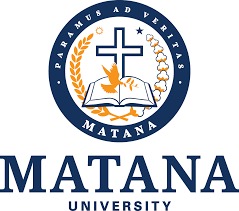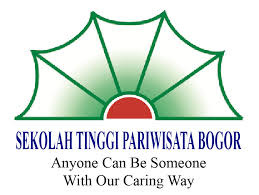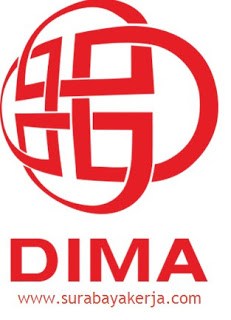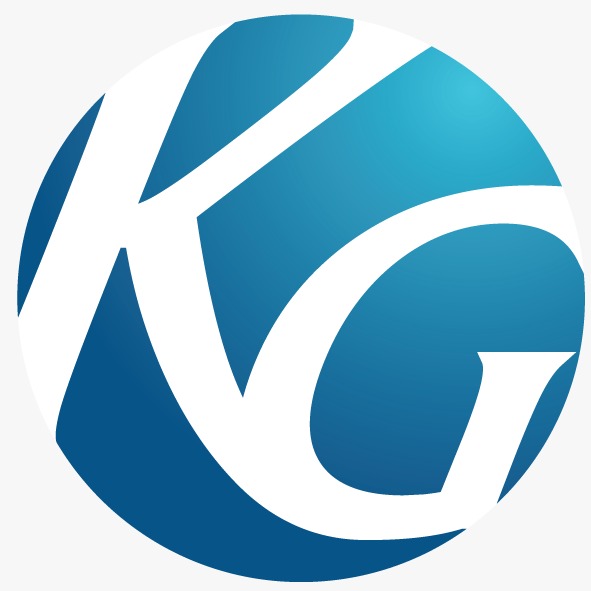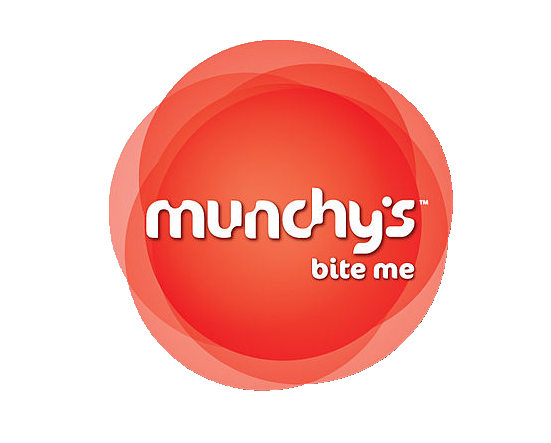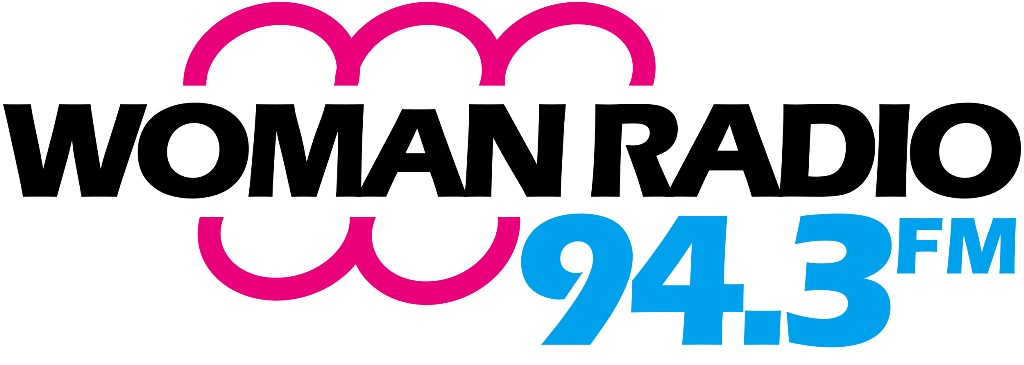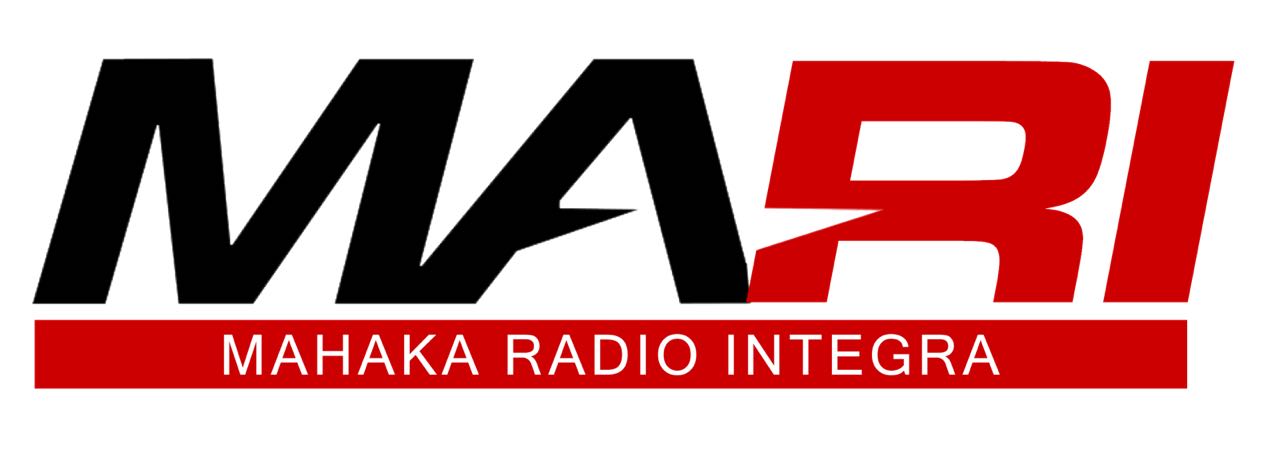STRATEGI PENGEMBANGAN WISATA BAHARI DI GILI TRAWANGAN KABUPATEN LOMBOK BARAT PROVINSI NUSA TENGGARA BARAT
Abstract
Pariwisata ditegaskan dalam berbagai Rencana Strategis (RENSTRA) maupun Rencana Induk Pariwisata Nasional (RIPARNAS) sebagai andalan penggerak pertumbuhan ekonomi Indonesia. Aset berupa sumberdaya budaya dan sumberdaya alam yang dimiliki seperti keunikan wisata alam berupa wisata bahari dan berbagai event budaya daerah serta keaslian budaya dapat dikelola dan dimanfaatkan untuk bersaing dengan destinasi wisata lain. Kesemuanya itu untuk menarik wisatawan mancanegara maupun domestik untuk datang ke Indonesia. Salah satu program pemerintah dalam pencapaian target tersebut adalah penciptaan 10 (sepuluh) destinasi wisata prioritas atau dengan istilah “Menciptakan 10 Bali Baru” yang tersebar diseluruh Indonesia, yaitu Danau Toba, Tanjung Lesung, Tanjung Kelayang, Kepulauan Seribu, Borobudur, Lombok Mandalika, Wakatobi, Morotai, Bromo-Tengger-Semeru dan Labuan Bajo. Dalam rangka mencapai tujuan strategi pengembangan wisata bahari di Lombok, maka diperlukan langkah-langkah tata kelola destinasi antara lain inventarisasi kesiapan terhadap keadaan daya tarik wisata alam maupun budaya, dapat dimanfaatkan dan kesiapan aksesibilitas, amenitas serta akomodasi. Penelitian ini menggunakan metode deskriptif kualitatif dan analisis SWOT. Dari sisi ekonomi, diharapkan berdampak positif terhadap pertumbuhan ekonomi, sehingga peluang pemanfaatan dan pengembangan wisata bahari di Lombok Barat diharapkan dapat menguntungkan semua pihak. Hasil dari penelitian antara lain : perlunya strategi pengembangan wisata bahari yaitu mengembangkan fasilitas infrastruktur, terutama perluasan dermaga, meningkatkan kompetensi SDM melalui sertifikasi kompetensi pariwisata dankerjasama antara pemerintah, industri pariwisata, akademisi, masyarakat dan media dalam rangka peningkatan pelayanan dan kenyamanan wisatawan,untuk mencapai target 20 Juta wisatawan mancanegara yang berkunjung ke Indonesia tahun 2019.
Kata Kunci: Wisata Bahari, Gili Trawangan, Analisis SWOT
ABSTRACT:
Tourism is affirmed in various Strategic Plans (RENSTRA) as well as the National Tourism Master Plan (RIPARNAS) as a mainstay driving the economic growth of Indonesia. Assets in the form of cultural resources and natural resources such as the uniqueness of nature tourism in the form of marine tourism and various regional cultural events and cultural authenticity can be managed and utilized to compete with other tourist destinations. All of them to attract foreign and domestic tourists to come to Indonesia. One of the government programs in achieving the target is the creation of 10 (ten) priority tourist destinations or with the term "Creating 10 New Bali" scattered throughout Indonesia, namely Lake Toba, Tanjung Lesung, Tanjung Kelayang, Kepulauan Seribu, Borobudur, Lombok Mandalika, Wakatobi , Morotai, Bromo-Tengger-Semeru and Labuan Bajo. In order to achieve the goal of marine tourism development strategy in Lombok, it is necessary steps of governance of destinations, among others, inventory readiness to the state of nature and cultural attractions, can be utilized and readiness of accessibility, amenitas and accommodation. This research uses qualitative descriptive method and SWOT analysis. From the economic side, it is expected to have a positive impact on economic growth, so that the opportunity of exploiting and developing marine tourism in West Lombok is expected to benefit all parties. The results of the research include: the need for marine tourism development strategy that is developing infrastructure facilities, especially the expansion of the pier, increasing the competence of human resources through the certification of competence of tourism services and cooperation between the government, tourism industry, academics and the community in order to improve the service and comfort of tourists. to achieve the target of 20 million foreign tourists who visit Indonesia in 2019.
Keywords: Marine Tourism, Gili Trawangan, SWOT Analysis
Full Text:
PDFReferences
Asdep pengembangan destinasi pariwisata 2017, Kementerian Pariwisata, Jakarta
Buletin Ekonomi Perikanan Vol. VII no.2 th 2007
Getz, D. (1992). Tourism Planning and Destination Life Cycle. Annals Tourism ResearchVolume 19 , 752-770.
Marhanani Tri Astuti, 2017, Strategi Branding Pariwisata Mandalika Lombok NTB sebagai Destinasi Wisata Halal, Kepel press, Yogya 2017.
Ni Komang Ayu Astiti, 2017, Pelayaran Tradisional Nusantara, Kepel press ,Yogya 2017
Puslitbang Jakpar Analisis Kesiapan Destinasi Lombok Dalam Rangka Pencapaian Target 20 Juta Wisman Pada Tahun 2019, Jakarta 2015.
Rangkuti, Freddy. 2002. Riset Pemasaran. Gramedia Pustaka Utama, Jakarta
Suwantoro, G. 1997. Dasar-Dasar Pariwisata. Andi, Yogyakarta.
TravelClub Desember 2017
Wardiyanto dan M.Baiquni.2011. Perencanaan dan pengembangan Pariwisata. Bandung: Lubuk Agung
http://lombokbaratkab.go.id/peluang-pengembangan-wisata-bahari diakses pada 3 Maret 2018.
DOI: http://dx.doi.org/10.30813/ncci.v0i0.1202
Refbacks
- There are currently no refbacks.

